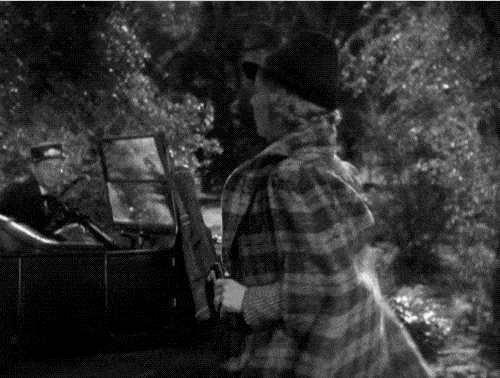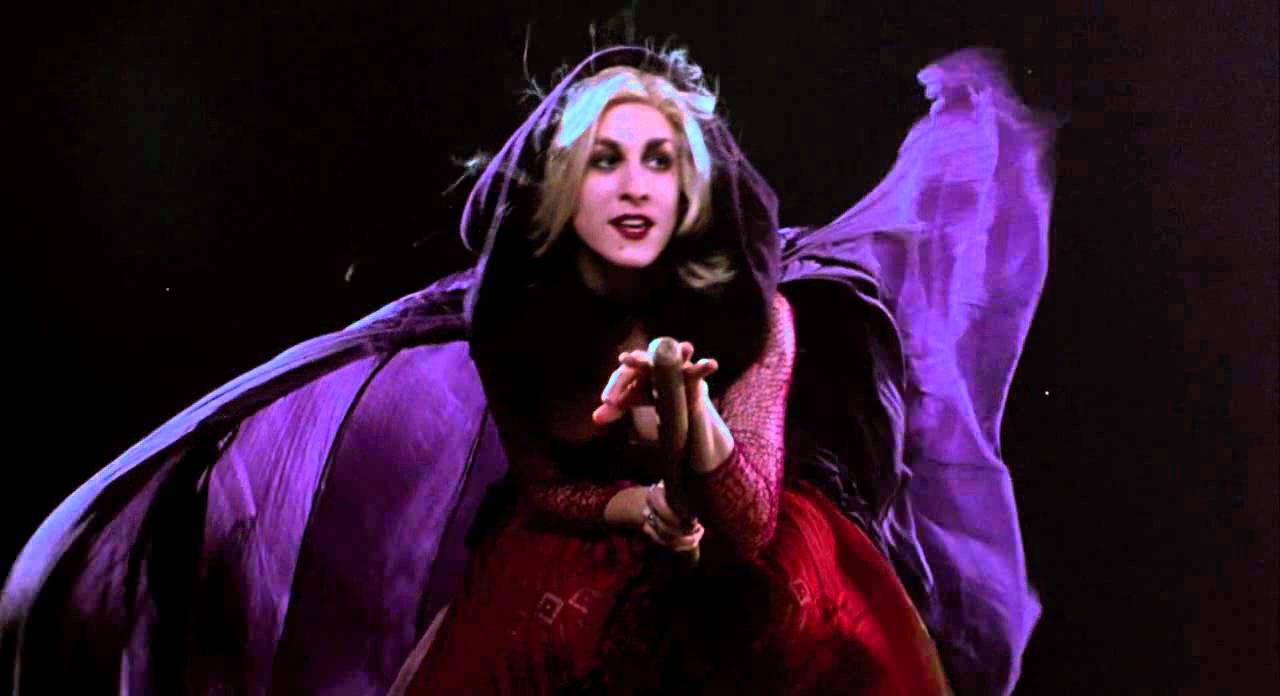The 60 Greatest Capes in Movie History
From Cleopatra to Lando Calrissian, we showcase the greatest movie capes.

You’ve seen rankings of superhero movies, of Netflix originals, of various Hollywood Chrises. But there’s one ranking you haven’t seen: CAPES, a.k.a. the natural nemesis of Edna Mode, a.k.a. the greatest item of clothing ever invented, a.k.a. a mainstay of cinema fashion since the earliest days of the medium. Yes, that’s right, we’re ranking movie capes.
The Incredibles’ Edna Mode tells us that capes are bad because they are impractical. The second part is true. The first part is not. Capes are good because they are impractical because they are glam and dramatic and serve no other purpose besides looking fly as hell and sometimes keeping your shoulders warm.,
All capes are good. This is a true and unassailable fact. But some capes are better than others. Some capes are more iconic than others. These two things are not the same thing. I’m about to lay a controversial truth bomb on you here, and if you want to close this tab after reading it and retreat to the safe, comfortable lands of MCU rankings, I will understand.
The fact is this: Most of the most famous capes in pop culture history—we’re talking Darth Vader, Dracula, Batman, and Superman—are boring as shit. They are boring as shit because they are worn by men, and men have never borne the cultural responsibility to devote themselves to fashion the way women have. It means social expectations dictate we spend countless time and money plucking our body hair and painting our faces, but it also means we get better movie capes than a plain black sheet of Blah. (Sorry, Darth!)
If you read this list and ask “why is [ICONIC CAPE] missing?!?!?!,” it’s probably because it was worn by a dude. Sorry.
Still, how iconic a cape is does factor into its ranking on this list. So does how good it looks, how it contributes to the characterization of its wearer, and how it is wielded by its wearer, and a certain… well, let’s just call it je ne cape quoi.
Sensation Seekers (1927)

There was a time, back in the 1920s, when “bathing capes” were a popular accessory. This bathing cape, seen on the hedonistic Egypt (Billie Dove) in Lois Weber’s Sensation Seekers, isn’t so great on its own. The material looks like nothing special, with just a few stripes to break up the visual monotony. But damn… it’s a cape worn with a bathing suit. We’ve let a lot of stupid fashion trends happen — ultra-low waisted jeans, cold-shoulder tops, intentionally ugly sneakers. Can we bring this back?
Ben-Hur: A Tale of the Christ (1925)

Apologies to Charlton Heston — except not really, because screw that guy — but Ramon Navarro’s 1925 version of Ben-Hur gave us the best version of film history’s most famous chariot race. In that chariot race, Navarro is wearing a cape. As capes go, it’s pretty basic, but it billows very nicely in the wind, and that after all is what a cape is supposed to do. And, look, I’m just going to say what I mean to say: the cape complements Navarro’s gams very nicely. That’s what it is, and I stand by it.
Blacula (1972)

It is a law of the vampire movie: If there is a movie about a male vampire, there is probably a woman somewhere else in that movie wearing a better cape than he is. To wit: William Crain’s Blacula, wherein Mamuwalde/Blacula wears a perfectly serviceable black cape with a matte gray lining. It’s fine. Marie, on the other hand, who is not even a vampire, shows him up with this crocheted cape. Even more useless than your typical cape — it will not even keep your shoulders warm, it is a swiss cheese cape — it is nevertheless utterly discofabulous.
The Rocky Horror Picture Show (1975)

Sigh. Look. Dr. Frank-n-Furter’s cape firmly falls into the category of “black cape with a colorful lining,” i.e. boring. That word may hurt to hear in connection with Tim Curry, but it is nevertheless true. However, only half the value of a cape is how it looks. The other half it how it is worked, and Curry works his cape in this one shot like the rent is due. Elevating a cape from a mere piece of fabric to a piece of art is the mark of a true master. Bow down.
Thor: Ragnarok (2017)

The cold shoulder trend is bad, yet Cate Blanchett is good, so here we are. The Thor movies have blessed us with a lot of good — and a few not-so-good — capes, par for the course of it being the dramatic family Shakespearean sitcom (with aliens!) of the MCU. Hela’s cape is the only one worn by Cate Blanchett, and thus it is the best.
An Unmarried Woman (1978)

Paul Mazursky’s An Unmarried Woman is a fabulous film in which Jill Clayburgh discovers that she doesn’t need a man — she just needs a cape to wrap herself up in at night. Isn’t that true of all of us? Why yes, you can hire me to be your relationship counselor. Visually, this is not the most interesting cape, but it gets points for giving us the closest approximation of what, in the real world, is the number one reason for wearing a cape: You are essentially wearing a blanket around your shoulders. It’s snuggly and comfortable and you get to look chic with like zero effort.
Shakespeare in Love (1998)
Character analysis through capery. Colin Firth wears several capes in Shakespeare in Love, all of which succeed in their primary goal of making him look like a foppish dingus obsessed with presenting an image of wealth. These capes are loud and often boast floral prints. And all of this centuries before Queer Eye came along, so really, isn’t Douchebag Elizabethan Colin Firth a trendsetter? Food for thought.
Masters of the Universe (1987)

There’s something about a metallic cape attached to a purple bodysuit that really speaks to the soul, you know? Isn’t the forgiving stretch of the lycra negated by the bulk of the cape, which must normally restrict one’s movement in battle? Why wear body armor, yet leave a good 40% of your chest exposed? This cape cracks open the doors to the secrets of the universe.
The Wedding Night (1935)

The travel cape was big in 1930s cinema. If you were a woman going from point A to point B, your outfit just wasn’t complete unless you were wearing a tweet or tweed-adjacent cape with an A-line silhouette. Ginger Rogers wore one in Top Hat, Ruth Chatterton in The Crash and Diana Wynyard in One More River. In The Wedding Night, Helen Vinson dons a plaid version as the city-loving, superficial wife to Gary Cooper’s struggling, country-loving writer. Hey, maybe the script doesn’t want us to like her, but she has good taste in clothes.
Hocus Pocus (1993)

The witch’s cape, like the vampire’s cape, tends to be fairly basic. It’s black. Maybe there’s a hood. Maybe there’s not. The cape worn by Sarah Sanderson (Sarah Jessica Parker) in Hocus Pocus differs in several key ways. First, obviously, is the color, an eye-catching violent. Second is the lighter weight, enabling it to get some real nice billow going when Sarah takes to her broom to sing the children of Salem, Massachusetts, to their doom. And third, as part of the aforementioned scene it helped send an entire generation of children rocketing into puberty.

